While everything now turns around the video in the internet, there were times, when cinematography was a single way to earn big money by shooting videos. Now video bloggers compete with the fame of Hollywood stars. And some are winning. Advanced hardware that was so expensive, so only film-making productions were able to purchase it, now costs a thousand times less on the second-hand market. So even a regular video amateur can buy it and experiment some film making technics.
I've spent several days by learning specifics of old cameras that were capable of shooting in RAW format. Like Canon 5d Mark III, Mark II, etc. Then compared how looking footages from them to the C100, C300 footages, read their comments and specs. The difference is quite significant and obvious. Cine cameras is dedicated for the video, while DSLRs were made for photo, it's understood. The image quality started to rely on a color grading and possibilities of cameras to support c-log, s-log options to record the video.
While I was looking for best options among eBay listings for c100, c300 cameras - there also started to show other cameras in this price range and other hardware, necessary for shooting. External monitors like Atomos have a list of supported cameras on their website. I've checked it and found one of the cheapest options was Sony F3 ($400-800 on eBay) - and moreover a Recommended option. Just of curiosity I've decided to check its specs and possibilities. YouTube examples immediately have shown the new level of video quality, and comments supported this level. CineAlta badge was also signaling for something more than average in the video world. It finally started to be understood why this camera is special. As it was initially created with the aim for making films, the sensor was supporting 10bit 422 recording through SDI (not HDMI, so external monitor or converter is needed), and moreover it was able to record 12bit 444 raw video, high dynamic resolution. I was surprised, as it was created in 2010, so decided to hunt for more information about it. And forums and some video makers explained the situation a little bit.
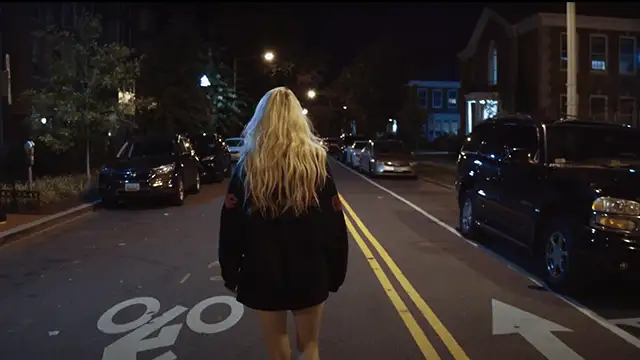
FullHd and 10bit 422 60fps were added to this camera as a free upgrade in late 2011. But 444 option was accessible only as a paid upgrade. Currently it's impossible to order this upgrade and what's left is a short number of cameras that were upgraded and now sold as is. Some videographers are ready to pay 800usd more in order to get RAW 4:4:4 image, even in FullHD, not 4k. They say that the signal in darks and whites is not destroying in comparison to 10bit 4:2:2 or 8bit 4:2:0 image. But the file size is huge and almost impossible to use in a regular workflow, so still only big productions can afford working with such format.
Even if you will find a cheap Sony F3 with 4:4:4 upgrade, it will be less likely, that you'll be using it. It has no 4k capability, but still, many are stating that this camera is producing a great looking, distinctive shot, that's still will be possible to use in the future. Some are telling that you will not notice the difference between FullHD and 4k by upscaling the footage, when it comes to regular screens like cheaper TV screens or mobile phones, but also suggesting that 4k footage is better at a production stage, when you can select the best-looking composition with it.
For this reason, some are choosing other cameras, that can shoot in 4k like Sony FS7 (around $1600) which is a quite pricier, a little newer (2014). But categorized as a professional Super-35mm camcorder.
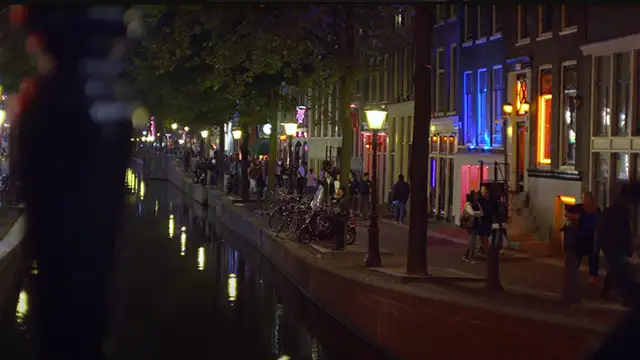
It has a CMOS sensor which some filmmakers write that it has a plastic look, and true cinematography is achieved on CCD sensors, like in Sony F35 (around $2200-4500, was $250k at release date). And proposing to check the documentary film The Mauritania Railway: Backbone of the Sahara (4K) which is great example of storytelling and cinematography indeed. But when it comes to realization of such a big project, it touches many aspects of production.
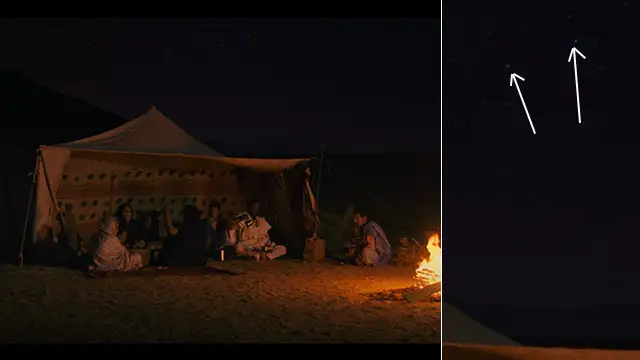
First obvious one is lenses. Some of them are having price tags of $5-10k. And it's very important to have the same quality for different situations and scenes, wide, telephoto... A single videoblogger will probably can't afford them. Maybe rent can help in this case, but it's a very problematic question anyways. Here are some remarkable notes of making this film.
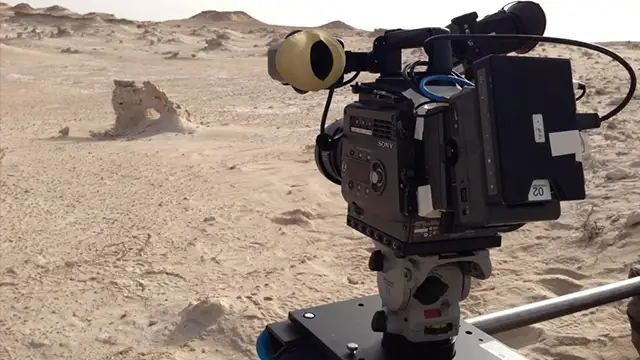
The last variant that's truly opens the doors to the cinematographic look at relatively low prices are F65 and F55/F5, with firstly introduced ACES Colors (highest possible color range). Which is important in color correction, and matching footages, for example with Unreal Engine, in virtual production, matching 3d Renderings for films, VFXs etc. Crisp picture, smooth skin tones, mechanical shutter (no CMOS wobbling), perfect in many aspects. But F65 is around $8k currently. The "cheapest" I've seen is $5400 and with additional equipment, ready to work. All depends on luck in finding a good proposition.
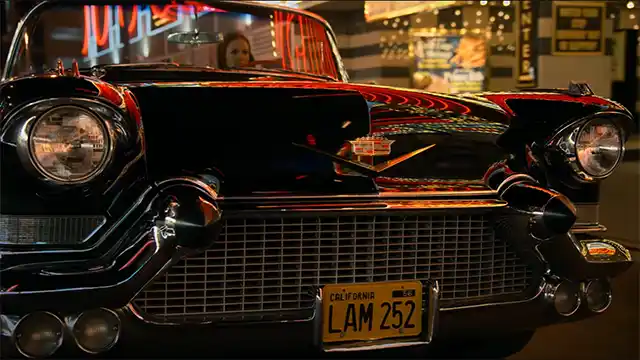
You can always have an option to jump into the big cinema with your phone, with iPhone 15 ($1000-1500) with a newly added RAW mode :)
Sometimes you can make a good look with it, especially with the sunlight, maybe some night footages. But here's the evening time footage, probably the maximum what you can get from it. Additionally, no lens, no advanced settings and other stuff that's usually can be added for filmmaking to the camera.
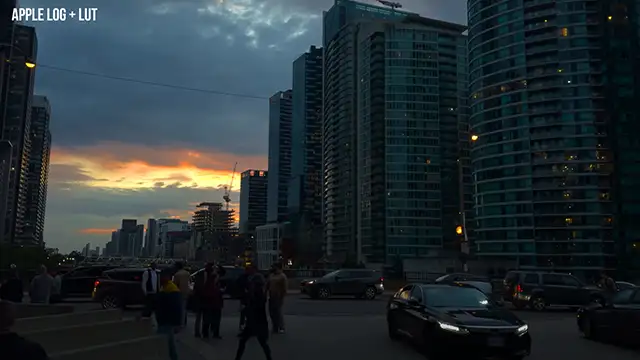
By counting all the necessary for shooting equipment, you start to understand the price of the quality. And how far I was from understanding this topic. The environment is more important than the actual specs of the camera. But everything is subjective. On some level every single detail have is important. But if I don't have a good idea and vision, it's all pointless. When you have a good idea, you can find money for a particular task, you'll earn or involve other people, but it will be already a secondary question to organize the process.
It is more important What to shoot rather then How to shoot. Which is the same point, that's around everywhere nowadays. Idea, story, research, experimentation and your vision. I just have to admit that this journey helped to see the situation from another angle and it may help with motion graphics projects, that are usually turning around technical part of the production. Which is certainly important, but sometimes it's needed to be simpler to share the idea.
Resources
[1] BMPCC4k vs Old Sony F3 -https://www.youtube.com/watch?v=qi9yR8phq84
[2] Review Sony PXW-FS7 by Philip Bloom - https://www.youtube.com/watch?v=7ibWoMiLyX8
[3] Photographing The Mauritania Railway: Backbone of the Sahara https://www.newsshooter.com/2018/05/29/making-mauritania-railway-backbone-sahara-award-winning-documentary/
[4] F65 - Behind the scenes at "Eldorado" - https://www.youtube.com/watch?v=2Yhu-UjpVx0
[5] iPhone 15 LOG: A Pro Colorist’s Reaction https://www.youtube.com/watch?v=_SiqKfm-8kA
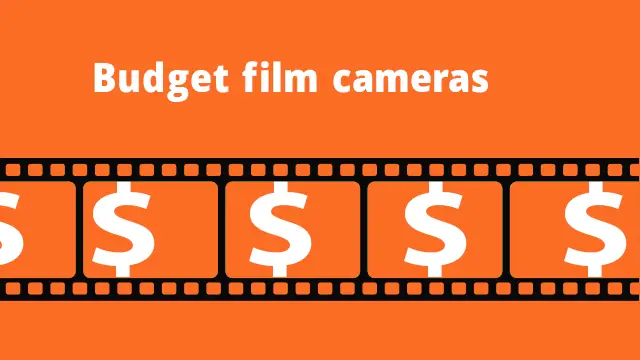




Comments